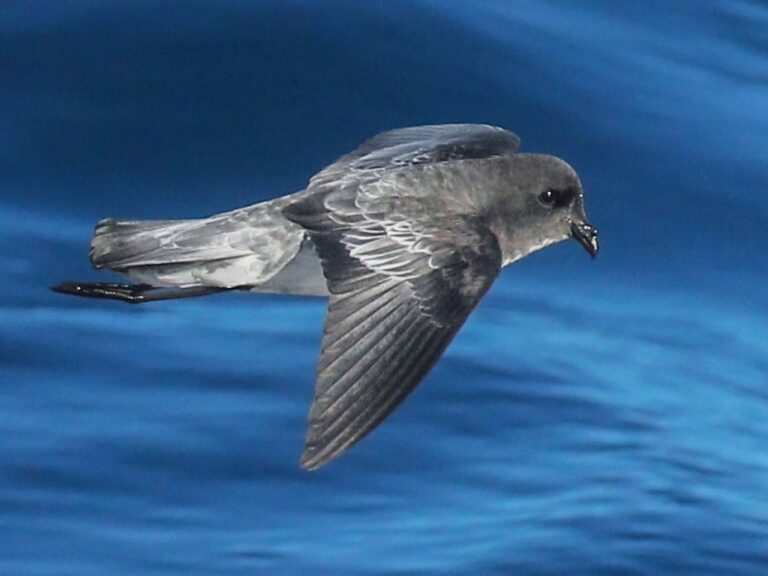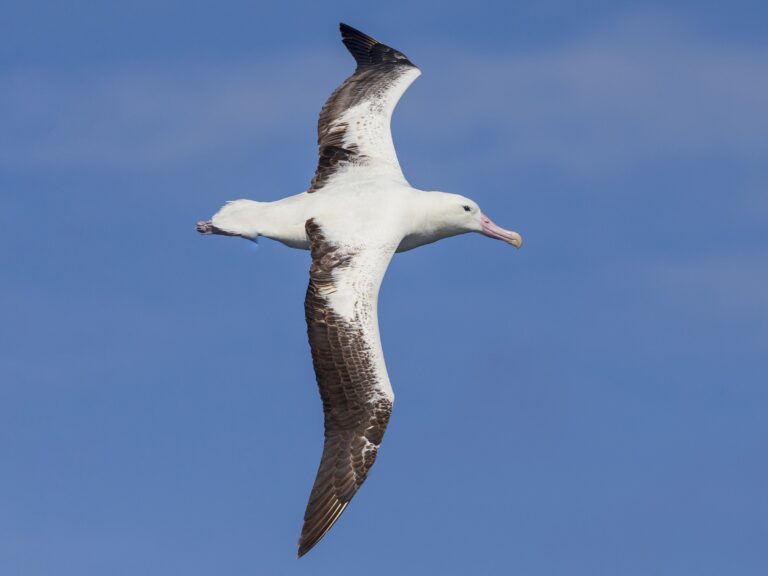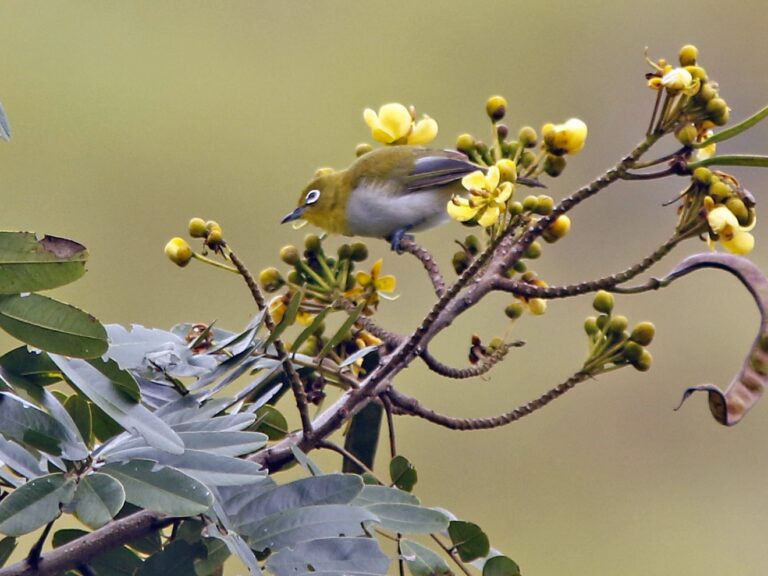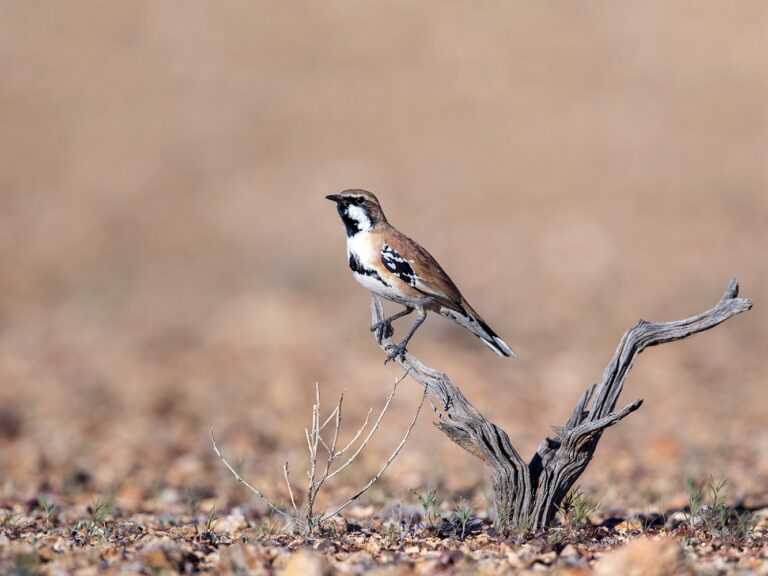Black-banded Fruit-Dove: A Closer Look at Its Habitat and Behavior
The Black-banded Fruit-Dove is a striking bird that belongs to the Ptilinopus genus within the Columbidae family. Known for its vibrant colors and unique banded pattern, this species is not only visually appealing but also plays an important role in its ecosystem.
Understanding its habitat and behaviors can shed light on the challenges it faces in the wild.
This dove is primarily found in the rainforests of Australia, where it thrives in specific vegetation communities.
As urban development and climate change continue to impact these environments, the conservation status of the Black-banded Fruit-Dove becomes increasingly critical.
Their fate is closely tied to the health of their habitats, making awareness and proactive measures essential for their survival.
Bird enthusiasts and researchers hold this species in high regard for its ecological significance.
Through studies and conservation efforts, the Black-banded Fruit-Dove can help us understand broader environmental issues.
Engaging with this fascinating bird not only nurtures appreciation for its beauty but also emphasizes the importance of protecting its habitat.
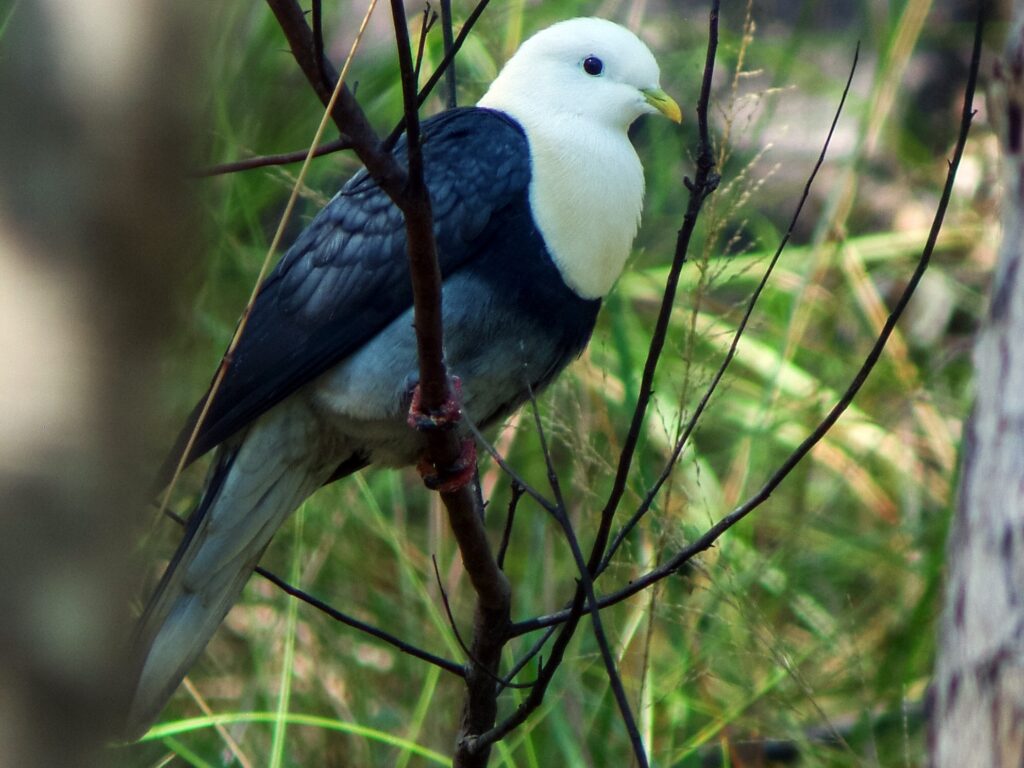
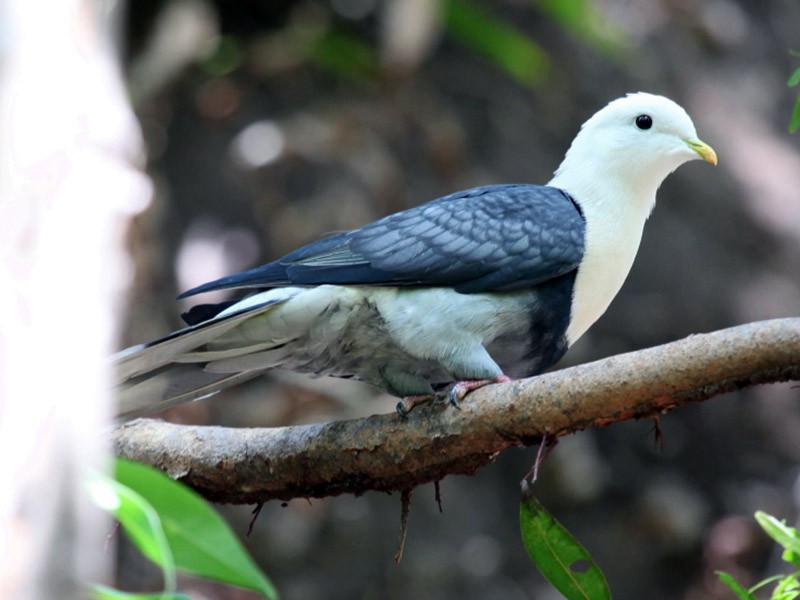
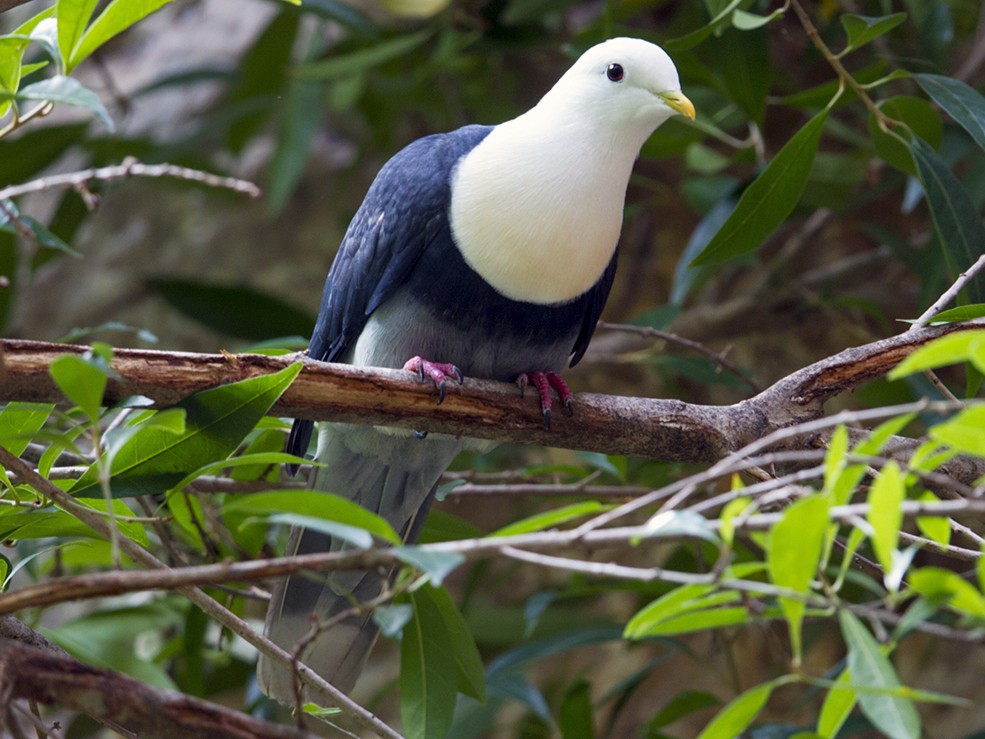
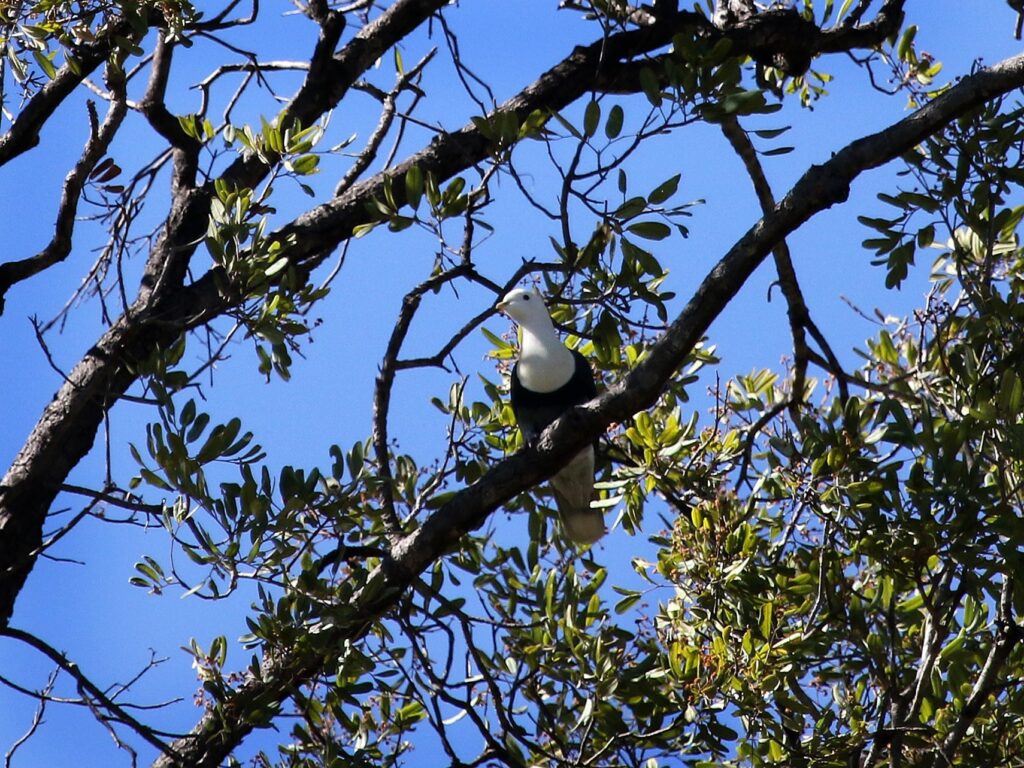
Key Takeaways
- The Black-banded Fruit-Dove is a striking example of the Ptilinopus genus.
- This species is crucial for its rainforest ecosystem and faces conservation challenges.
- Research on the Black-banded Fruit-Dove highlights the urgency of habitat protection efforts.
Taxonomy and Classification
The Black-banded Fruit-Dove belongs to a specific taxonomic structure that helps classify this species within the larger context of bird families and orders. Understanding its classification reveals its connections to other fruit doves and its place in avian biology.
Genus Ptilinopus
The Black-banded Fruit-Dove is part of the genus Ptilinopus, which includes various fruit doves known for colorful plumage and specialized diets.
Ptilinopus alligator, also known as the Black-banded Fruit-Dove, is distinct within this genus due to its unique markings and habitat preferences.
Other notable species in this genus include the Ptilinopus purpuratus, commonly known as the Rose-crowned Fruit Dove, and the Ptilinopus arcanus, or Negros Fruit Dove.
These doves typically inhabit tropical and subtropical forests, demonstrating the genus’s affinity for lush, fruit-rich environments.
Family Columbidae
The Black-banded Fruit-Dove belongs to the family Columbidae, which comprises all doves and pigeons.
This family is characterized by its diverse range of sizes and colors, with many species adapted to specific ecological niches.
Members of the family are typically known for their ability to produce crop milk, a nutrient-rich substance used to feed their young.
This adaptability has allowed the family to thrive in various habitats across the globe.
The Columbidae family includes not just fruit doves but also ground doves and rock pigeons, exemplifying the remarkable diversity within this avian group.
Order Columbiformes
Within the order Columbiformes, the Black-banded Fruit-Dove is classified alongside other doves and pigeons.
This order includes approximately 300 species, all characterized by similar morphological traits, such as a stout body and a small head.
The order Columbiformes showcases remarkable adaptability in diet and habitat preferences.
While many species thrive in forested areas, others inhabit urban environments or grasslands.
The Black-banded Fruit-Dove’s position within this order highlights its ecological role as a frugivore, aiding in seed dispersal and maintaining the health of its forest ecosystem.
Conservation Status
The conservation status of the Black-banded Fruit-Dove reflects its vulnerability to habitat loss and climate change, while ongoing efforts aim to protect this unique species. Understanding its IUCN listing and the various threats it faces is crucial for its survival.
IUCN Listing
The Black-banded Fruit-Dove is currently classified as Near Threatened by the IUCN.
This status indicates that the species is at risk of becoming threatened with extinction in the near future.
The main factors contributing to this classification include habitat degradation and fragmentation, primarily due to deforestation.
In addition to its near-threatened status, local populations can be considered rare.
Observations of these birds in the wild are infrequent, which raises concerns about their long-term survival. Without effective conservation measures, their status may worsen, pushing them toward the vulnerable category.
Threats and Preservation Efforts
The primary threats to the Black-banded Fruit-Dove include habitat destruction, driven by logging and agricultural expansion.
As forests are cleared, their natural habitat diminishes, forcing them to compete for limited resources.
Preservation efforts are underway to address these challenges.
Conservation programs focus on habitat restoration and protection of key areas where these doves reside.
Local communities are encouraged to participate in preservation activities, promoting sustainable land practices to ensure that the vital ecosystems remain intact.
Continued monitoring of the Black-banded Fruit-Dove population is essential.
Researchers conduct assessments to track their numbers and breeding success.
These ongoing efforts aim to prevent the species from becoming extinct and ensure a stable future for the Black-banded Fruit-Dove.
Habitat and Distribution
The Black-banded Fruit-Dove is a bird that thrives in specific environments. Understanding its geographical range and preferred habitats helps in appreciating its ecology and conservation needs.
Geographical Range
The Black-banded Fruit-Dove is primarily found in northern Australia, particularly in the Northern Territory.
Its range extends into Indonesia, where it inhabits islands like Damar and parts of the Lesser Sundas.
This species favors tropical landscapes where food sources are abundant. The bird’s presence is often tied to regions with dense forested areas, indicating its reliance on specific ecological conditions.
Preferred Habitats
This fruit-dove prefers rainforests, mangroves, and dense woodlands. In Australia, it is typically observed in climax forests that provide necessary cover and food.
In Indonesia, the Black-banded Fruit-Dove is found in both primary and secondary forests.
It feeds mainly on fruits, which are plentiful in these habitats. The availability of specific tree species, like figs, is crucial for their survival.
These doves tend to avoid open areas, often seen perched in the canopy where they can forage for food. The health of these habitats directly affects the bird’s population and distribution.
Biology and Behavior
The Black-banded Fruit-Dove exhibits unique characteristics in its diet, breeding habits, and interaction with humans. Understanding these aspects sheds light on its ecological role and adaptability.
Diet and Feeding
The Black-banded Fruit-Dove primarily feeds on fruits, particularly those from native rainforest trees.
It has a preference for figs, which are abundant in its habitat. This dove plays a crucial role as a seed disperser in its ecosystem, aiding in the growth of various plant species.
Fruits consumed by the dove generally have high moisture content, allowing it to stay hydrated.
Their feeding technique involves perching on branches and using their beaks to pick ripe fruits.
This method not only helps them access food but also minimizes disturbance in their surroundings.
Breeding Patterns
Black-banded Fruit-Doves typically breed during the wet season when food is plentiful.
They build their nests high in the canopy, often using sticks and leaves to create a sheltered environment.
The female usually lays one or two eggs, which both parents help incubate.
Once the eggs hatch, the parents feed the chicks a special fluid called pigeon milk, produced in their crop.
This milk is nutrient-rich and essential for the young doves’ growth.
After several weeks, the fledglings are ready to leave the nest but continue to rely on their parents for food and protection.
Relation to Humans
The Black-banded Fruit-Dove is often seen in regions affected by human activities.
Deforestation poses a significant threat to its habitat, reducing the availability of food and nesting sites.
Despite this, it has adapted to some areas where gardens and cultivated land are present, as these can provide alternative food sources.
While not commonly hunted, it may face risks from hunting pressures in certain regions.
Awareness of its ecological importance is key to conservation efforts. The dove’s role as a seed disperser makes it valuable for maintaining forest biodiversity.
Cultural and Research Significance
The Black-banded Fruit-Dove holds important cultural and research significance. Studies reveal insights into its behavior and conservation, while its representation in local traditions highlights its value in various cultures.
Studies and Discoveries
Research on the Black-banded Fruit-Dove has contributed significantly to ornithology.
In October 2015, data collected by Avibase revealed nesting habits and diet preferences.
These studies show that the dove primarily feeds on fruits, which play a key role in its survival.
Field observations have documented its vocalizations and mating displays.
Such findings aid conservationists in understanding how habitat loss affects the species. They also highlight how vital this dove is to its ecosystem, particularly in seed dispersal.
Cultural Representation
In many cultures, the Black-banded Fruit-Dove is seen as a symbol of peace and tranquility.
Local folklore often features this bird due to its striking appearance and melodic calls.
The dove is sometimes celebrated in art, music, and stories, reflecting its significance in community life.
Traditional practices may include using its imagery in festivals or ceremonies.
By representing harmony with nature, it fosters a connection between the people and their environment. This cultural recognition can also enhance efforts for its conservation, as communities often protect species they value.
Media and Resources
For those interested in the Black-banded Fruit-Dove, there are various media resources available.
These include photography and illustrations that capture its beauty, along with video documentation that showcases its behavior and habitat.
Photography and Illustrations
High-quality photographs and illustrations of the Black-banded Fruit-Dove are available through several online platforms.
Stock photo websites often feature images that can be downloaded for personal or educational use. Some notable sources are sites like Shutterstock and Getty Images, which provide a range of angles and settings.
Birdwatching organizations frequently share images taken in the wild, showcasing this species in its natural habitat.
Local wildlife reserves and conservation groups may also have specially commissioned illustrations. These resources help create awareness of the dove’s appearance and its ecological significance.
Video Documentation
Video documentation serves as another great resource for observing the Black-banded Fruit-Dove.
Nature documentaries often include footage of this species in its native environment. Many educational organizations upload videos to platforms like YouTube, demonstrating the dove’s unique behaviors and interactions within its ecosystem.
Additionally, filmmakers focusing on avian wildlife capture moments of feeding, mating, and nesting.
These videos provide valuable insights into the dove’s lifestyle and habits. Such documentation can enhance understanding for both researchers and bird enthusiasts alike.
Frequently Asked Questions
The Black-banded Fruit-Dove is known for its unique features and specific habitat requirements. Understanding its lifestyle, threats, and conservation status provides insight into this fascinating species.
What is the natural habitat of the Black-banded Fruit-Dove?
The Black-banded Fruit-Dove typically inhabits tropical and subtropical forests.
It prefers dense, humid environments, often found at elevations between 600 and 1,500 meters. This species is primarily located in regions that provide abundant fruit and cover for nesting.
What distinguishes the Black-banded Fruit-Dove from other fruit dove species?
The Black-banded Fruit-Dove is notable for its striking appearance, which includes black bands across its chest and a mix of green and gray plumage. This coloration helps it blend into the foliage of its forest habitat, aiding in camouflage from predators.
Which predators pose a threat to the Black-banded Fruit-Dove population?
Predators of the Black-banded Fruit-Dove include various birds of prey and snakes.
Habitat loss also increases vulnerability, as it reduces safe nesting sites and access to food sources.
How can one identify the female Black-banded Fruit-Dove?
Female Black-banded Fruit-Doves are generally similar in appearance to males but tend to have lighter or less distinct banding. The females often show a more muted color palette, which assists in camouflage while nesting.
What conservation status has been assigned to the Black-banded Fruit-Dove?
The Black-banded Fruit-Dove is currently listed as near threatened on the IUCN Red List.
This classification reflects concerns over habitat destruction and the decline in population numbers.
What are the known behavioral patterns of the Black-banded Fruit-Dove?
The Black-banded Fruit-Dove is known for its gentle and shy nature.
It is often seen foraging alone or in pairs, primarily feeding on fruits and berries.
Its calls are melodious, adding to the serenade of the forest environment it inhabits.


